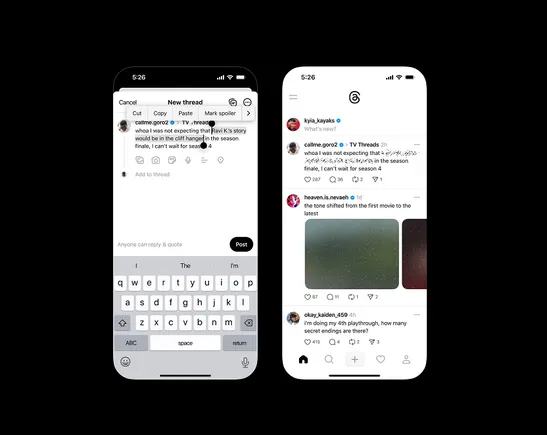10 Little Shopping Habits to Help You Save Money
In a world where the noise of consumerism constantly surrounds us, finding intentionality in our finances can seem like a distant dream. Getting ahead? Even tougher. But, by embracing small, intentional changes in our shopping habits, we can begin...


In a world where the noise of consumerism constantly surrounds us, finding intentionality in our finances can seem like a distant dream. Getting ahead? Even tougher.
But, by embracing small, intentional changes in our shopping habits, we can begin to quiet the clamor, paving the way for financial peace and personal well-being.
Here are ten little shopping habits that can make a significant difference in saving money, fostering a more thoughtful approach to consumption that contrasts sharply with the ‘buy more, live better’ mantra pervasive in our culture.
1. Use a Shopping List and Stick to It
Before stepping foot in any store, arm yourself with a plan. A shopping list acts as your financial guardrail, ensuring you buy only what you need. This simple tool helps focus your purchases and minimizes the risk of impulse buying.
2. Create a Weekly Budget for Every Category
Delineating your finances into clear categories with set budgets for each (groceries, entertainment, clothes, eating out, etc.) provides a helpful overview of your financial picture and, if you stick to it, helps you save money as well.
3. Double-Check for Better Prices Online
In the digital age, a better deal might just be a click away. Before making a purchase, take a moment to compare prices online. Even if it is as simple as checking Amazon for the purchase. Of course, be sure to include the shipping costs (if appropriate) before deciding who has the better offer.
4. Always Avoid Impulse Purchases at the Register
Stores strategically place tempting items near the register to entice last-minute buys. Recognize this tactic for what it is—a ploy to boost their profits at the expense of your budget. Take a stand by sticking to your list, no matter how appealing those checkout line goodies seem.
5. Beware of Convenience Costs
The price of convenience is often far higher than we realize. Whether it’s grabbing a coffee on the go or eating out because we didn’t plan our meals, these seemingly small expenses can quickly add up, draining our wallets and detracting from our financial goals. You’re already out shopping spending money—don’t add to your total spent unnecessarily.
6. Embrace the ‘Wait 24 Hours’ Rule for Bigger Purchases
For non-essential items or more significant investments, impose a 24-hour waiting period on yourself. This pause allows you to consider the necessity and value of the purchase, often leading to the realization that what seemed indispensable was actually just a fleeting desire.
7. Use Cashback and Reward Programs Wisely
While reward programs and cashback offers can provide genuine savings, they can also tempt you to spend more just to ‘save’ money. Use these programs judiciously, focusing on purchases you were already planning to make.
8. Shop Off-Season
Purchasing items off-season can lead to significant savings. Whether it’s winter coats in spring or grills in fall, timing your purchases for when demand is lower can result in getting the same quality goods for a fraction of the price.
9. Invest in Quality Over Quantity
It may seem counterintuitive, but sometimes spending more upfront for a high-quality item that lasts longer is more economical than buying cheaper, lower-quality alternatives that need frequent replacing.
10. Unsubscribe from Retailer Emails
Marketing emails are designed to lure you back into the cycle of continuous consumption. Take control of your inbox and your spending by unsubscribing from retailer newsletters. Unroll.me is an app that can help. This not only reduces temptation but also declutters your digital space, contributing to a clearer mind and focused financial goals.

 KickT
KickT 
































